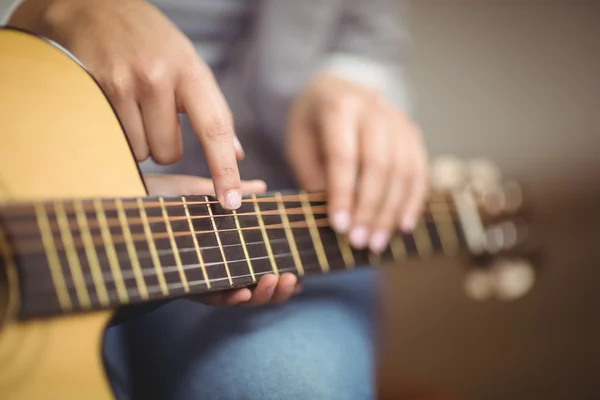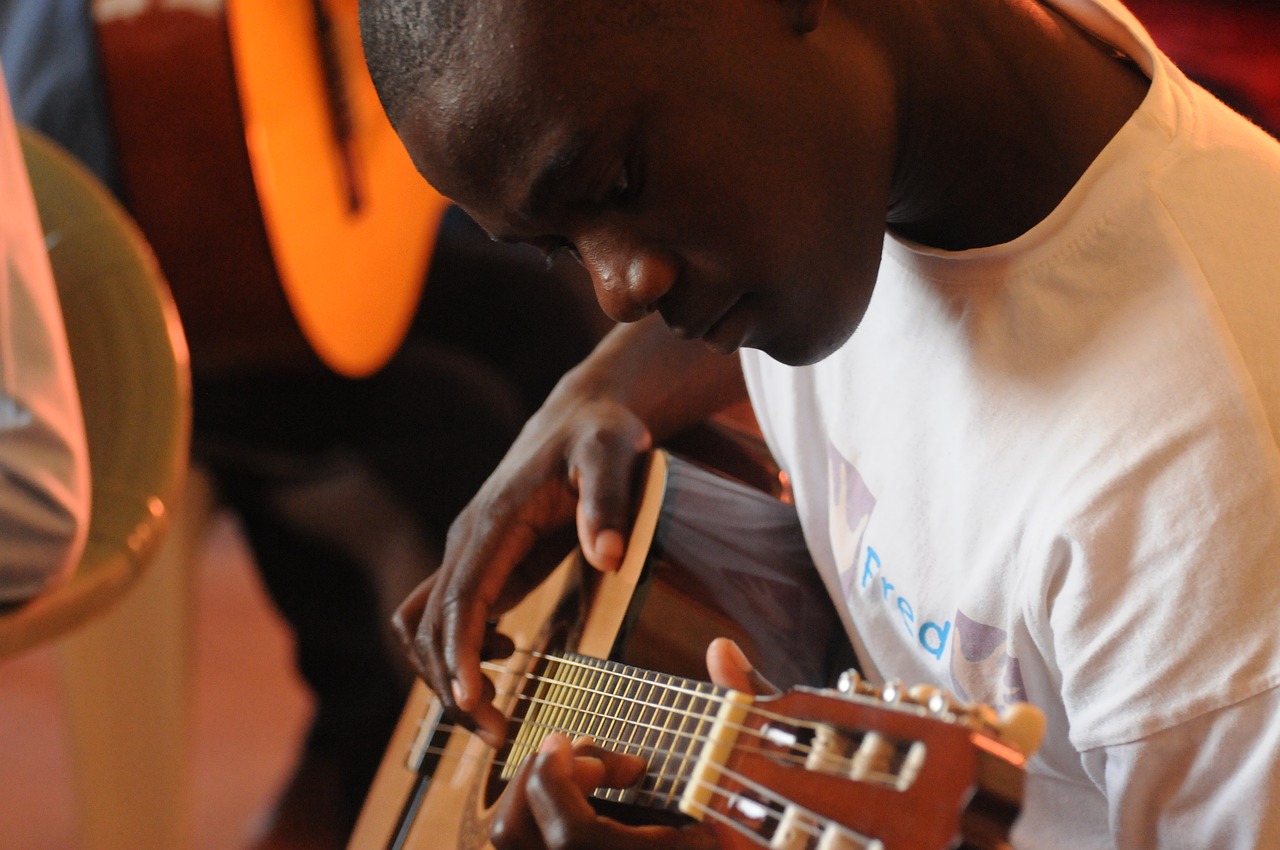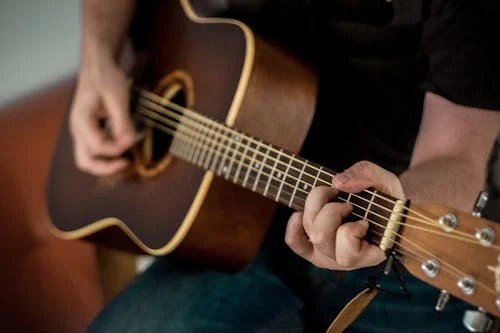Zamar Music Academy’s (Hal Leonard Method books), RCM and Contemporary choices are available. RCM courses will use their specific curriculum. Our contemporary program is developed on the principle of “the existence of a World outside of classical music and its traditions”.
This program provides a pathway to a musical life outside of the classical music realm, feeding their hunger to learn music that appeals to them on their desired instrument. The classroom will foster a personalized lesson approach to aid in achieving the student’s musical goals with guidance from one of Zamar Music Academy’s qualified instructors.
Strum, Pick, Tap, Shred… Those are just some of the many ways your fingers are challenged and pushed to make incredible sounds on the guitar, guitalele or ukulele. Revered some of the “coolest” instruments in the industry because of their sound and look, playing guitar, guitalele or ukulele goes beyond just being cool at Zamar Music Academy!
We challenge everyone in the Guitar-Based Learning Program to experience as many different styles on their instrument.

Fretboard Knowledge and Chords: This deals with identifying notes on the fretboard and eventually chords. Through the use of finger exercises and scales, students will obtain the ability to utilize and communicate these concepts on the guitar.
At Level 1, chords will be added to the examinations. The intent is that students start to build a vocabulary of chords, starting with basic open chords. Students will be able to apply these immediately.
Located in this syllabus are various ways of playing chords to accommodate younger students who may have trouble with the full-size chords.
The studies section will generally be simple songs or exercises that focus on specific concepts: a certain set of notes, a new rhythm, syncopation, etc. Through practicing these students will reinforce these concepts for use in future applications.
This section will be essential in building a student’s early repertoire. They are easily identifiable, and enjoyable tunes that most students and parents should recognize. Teachers should make a point of finding some versions of these songs for students to listen to, this will help motivate a student to learn the songs.


Starting at Level 1, students will be required to learn longer, more complete songs. The purpose is to simulate a real performance. These pieces will be played from memory and must be practiced until near perfection is achieved.
This section will handle basic theory concepts and will reinforce the “how and why” of what the student has learned in the corresponding level.
Theory examinations will include simple note identification, concepts such as ties and pickup measures, and how to construct a scale. Full explanations of each theory component is found in each corresponding level. Also, part of the examinations will include ear tests.
At first the student will be required to clap back a rhythm (difficulty should be in line with what they have experienced so far).
In later levels they will also be required to identify intervals, and also distinguish between major and minor chords
The Guitalele/Ukulele syllabus contains a structured method for its students. The guitalele and ukulele have become very popular instruments in and outside of schools as many school regions have adopted the instrument for their music classes.
The syllabus will guide students through key concepts, songs, and various playing styles of the guitalele and the ukulele. Utilizing Hal Leonard Guitalele and Ukulele Method Books, the student will be guided through four organized levels that include various techniques, theoretical concepts, and-most importantly-enjoyable songs for the student to play either alone or with a partner. Examinations will be provided for each level but the ones that are mandatory will be those at the end of book 1 and 2, which are the second and fourth exams respectively.